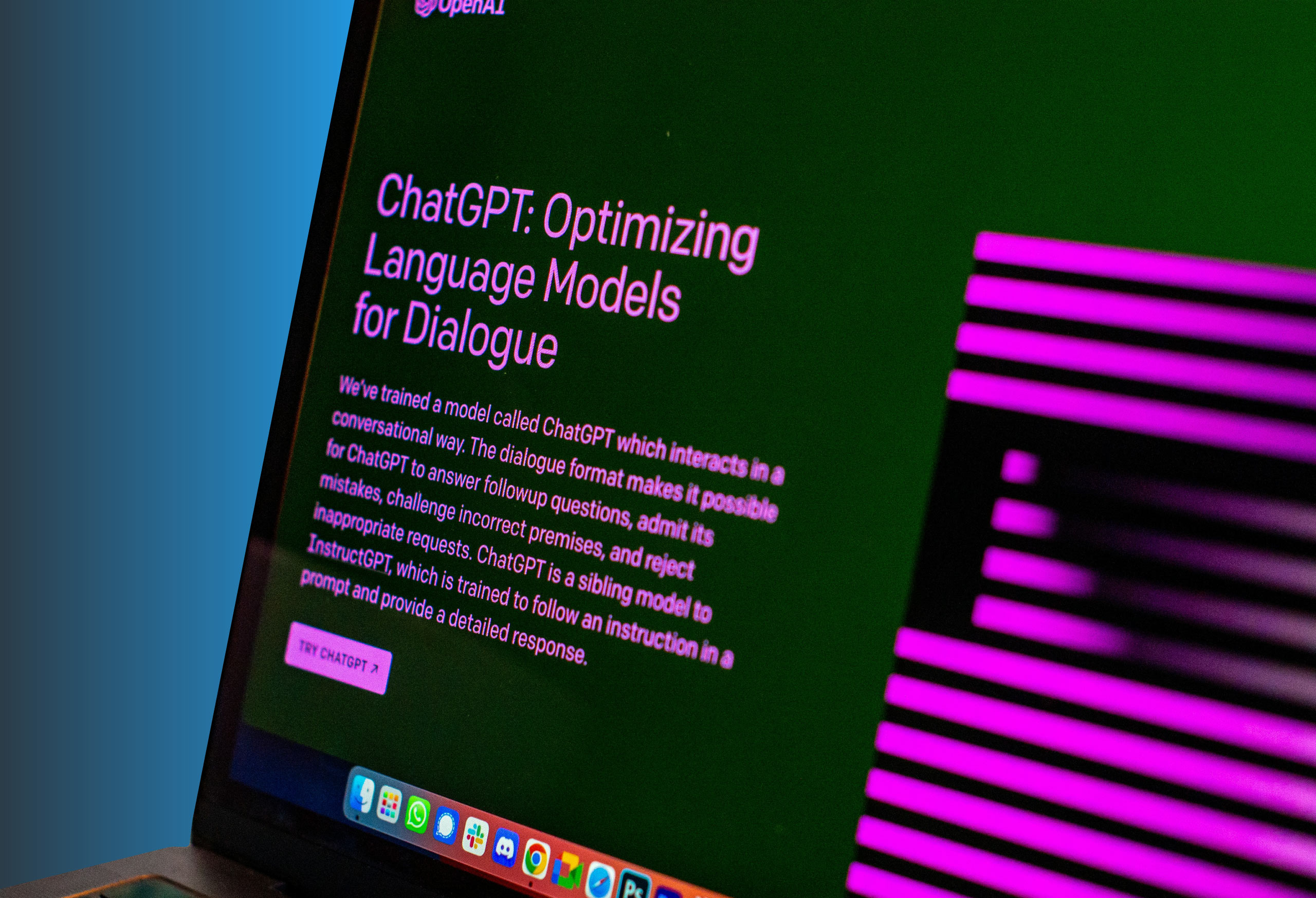Generative AI Evolved: Exploring the Present & Future Impacts of GenAI
As artificial intelligence (AI) continues its rapid advancement, one area sparking significant interest and innovation is Generative AI (GenAI). Understanding the complexities of this evolving field is crucial for grasping both its current status and future implications.
A notable recent development highlighting AI’s impact is SEC Chair Gary Gensler’s warning about “AI-washing.” This term refers to the tendency for businesses to overstate AI integration in their offerings, a topic we delve into in our piece, “Look Ahead: Cybersecurity 2024 Predictions for Investment Management Firms.”
Having recently shared insights on AI’s evolution at Jefferies Prime Services, I’d like to outline key insights from that discussion.
Inside the AI Toolbox
Let’s start by clarifying a few key terms in AI:
Fundamentals:
- Artificial Intelligence (AI): AI refers to the simulation of human intelligence in machines that are programmed to think and learn like humans.
- Generative AI (GenAI): Generative AI, or GenAI, is a subset of artificial intelligence that focuses on machines’ ability to generate new content autonomously.
- Large Language Model (LLM): A Large Language Model, often abbreviated as LLM, is a type of artificial intelligence model designed to understand and generate human-like language on a large scale.
Key Components:
- ChatGPT: Emerging as the most popular GenAI/LLM use, ChatGPT exemplifies the practical application and widespread adoption of this technology.
- Nvidia: Behind the scenes, Nvidia’s GPU hardware plays a crucial role in training and building these large models.
Key Concepts:
- Prompt: The initial input given to GenAI to start a conversation, prompting the direction and nature of the generated content.
- Temperature: A term used to describe how random GenAI’s responses will be—ranging from deterministic to highly random outputs.
- Hallucination: A GenAI output that seems plausible but is incorrect, raising intriguing questions about the limits and nuances of machine-generated information.

How GenAI is Changing the Way We Work
GenAI’s proficiency extends across a spectrum of applications, redefining how businesses operate and communicate. GenAI tools like ChatGPT excel in content generation, providing businesses with a powerful tool for crafting diverse and engaging materials. Whether it’s creating marketing content, blog articles, or product descriptions, the ability of GenAI to generate high-quality, contextually relevant text instantaneously is a game-changer for all business operations.
Additionally, its success at content summarization and comparative research simplifies information processing, enhancing efficiency and productivity for knowledge-intensive tasks.
As we discussed in our earlier blog, “AI Explained: 6 Takeaways from Our Webinar Hosted by Agio CEO, Bart McDonough,” ChatGPT is more than just hype. 49 percent of US companies have used AI platforms to take over employee tasks. GenAI not only generates new content, but excels at analyzing text for things like sentiment, quality, and information extraction.
Its language translation capabilities break down global communication barriers, and it also shines in code generation and algorithm design, accelerating technical development. It can even perform data analysis. The widespread adoption of GenAI tools by businesses is because it does so well at such a wide range of tasks.
Will GenAI Put Your Business at Risk?
While the upsides are enormous, GenAI doesn’t come without risks. There are two types of risk, input and output, that demonstrate the need for a balanced perspective in using this powerful technology throughout day-to-day operations.
Input Risk:
Many public facing LLM interfaces, like ChatGPT, store conversations and use those to improve their models. This exposes firms to regulatory and financial risks if private or sensitive data ends up in one of these models. Firms can mitigate risk with strategic measures such as opting out of re-learnings, purchasing dedicated instances, building custom models, and employing data obfuscation techniques to protect sensitive information.
Output Risk:
There’s always a risk of an LLM hallucinating responses, posing challenges to reputational, regulatory, and business integrity if the content is published or used in decision-making.
To mitigate the risk, we advise businesses to implement fact-checking mechanisms, especially for sensitive content. Collaborating with experts in the field can provide an additional layer of assurance, confirming that the generated content aligns with accuracy and compliance standards.
Safeguarding the Future: Things to Avoid
When it comes to using GenAI-generated content, the mantra is simple: review thoroughly before distribution. A guiding principle is to not accept factual statements at face value and ensure accuracy and relevancy. As mentioned in our blog “Ensuring Responsible Usage of ChatGPT: A Call to Action for all Financial Service Firms,” generative AI tools operate on complex algorithms, generating outputs that may be hard to interpret. The lack of transparency can lead to regulatory concerns and challenges to justifying outcomes.
Furthermore, it is wise to exercise caution when dealing with client data. If used, consider obfuscating it before inputting into the system, unless operating within a secure private instance. The ethical dimension of GenAI usage is emphasized, particularly in situations that require human empathy or when addressing subjects like medical, legal, and compliance advice.
GenAI Governance: Steps You Should be Considering Now
To ensure responsible adoption of GenAI usage policies, it’s crucial to establish clear GenAI governance practices. This involves defining the scope, limitations, and ethical considerations surrounding GenAI deployment within your business operations.
Here are some steps you should be considering today:
- Reinforce phishing protection.
- Enforce vulnerability management.
- Maintain a secure private GenAI architecture.
- Ensure GenAI use aligns with data privacy and compliance standards.
- Conduct user training for ethical GenAI usage.
- Develop a specialized incident response plan for GenAI.
- Conduct regular audits for GenAI governance compliance.
- Implement continuous monitoring for GenAI activities.
- Foster collaboration between IT, security, and GenAI teams.
By implementing the steps outlined above, you can establish a robust framework for responsible GenAI adoption within your organization.

Confidence, Knowing Agio Has You Covered
At Agio, we’re committed to empowering our clients with the knowledge and tools they need to navigate the evolving landscape of Generative AI (GenAI) securely. As you explore the present and future impacts of GenAI, remember that responsible adoption requires more than just understanding its capabilities—it demands proactive measures to mitigate potential risks.
As bad actors continue to join the AI revolution, it’s more important than ever to stay vigilant. At Agio, we are committed to protecting our clients from the latest cybersecurity threats. Contact us today to learn more about our IT and cyber services, and how we can help keep your organization protected in an increasingly connected world.
Share post
Featured Posts
Connect with us.
Need a solution? Want to partner with us? Please complete the fields below to connect with a member of our team.




